
Society is always evolving, and the things that were once completely normal can become outdated, strange, or even shocking with time. Some customs fade away due to technological advances, while others change as attitudes and safety concerns shift. Here are 15 things that used to be a regular part of everyday life but would raise eyebrows today.
Smoking Indoors (Everywhere!)

Not too long ago, smoking indoors was not just acceptable—it was expected. People smoked in offices, restaurants, airplanes, and even hospitals. Ashtrays were common on desks, and non-smokers had little choice but to breathe it all in. Over time, as the health risks of smoking became widely known, laws started banning indoor smoking.
Letting Kids Roam Free Without Supervision
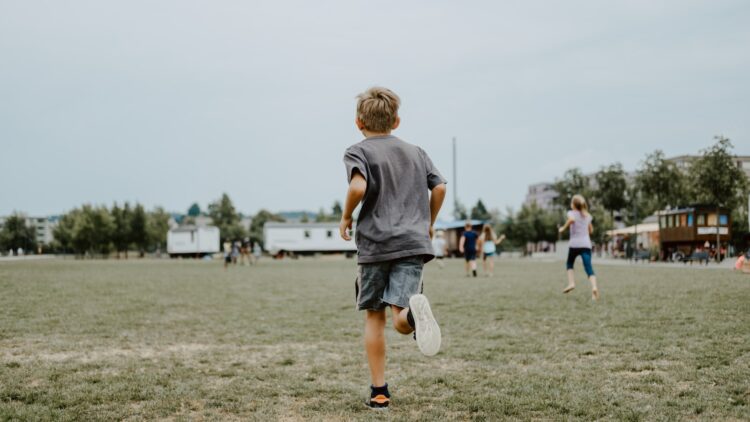
Years ago, children would go out in the morning to play with friends and wouldn’t come back until dinner, with no need for check-ins, cell phones, or constant supervision. Parents generally felt confident in their kids’ safety, and it was common for neighbors to keep an eye on the local children as they roamed freely.
Hitchhiking as a Common Way to Travel
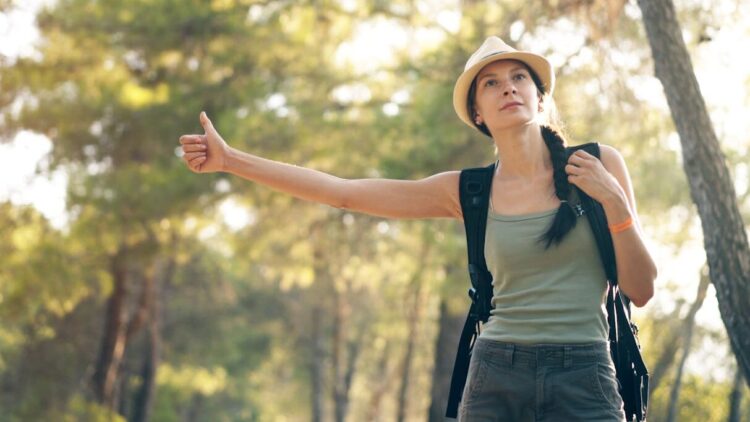
There was a time when hitchhiking was a normal and relatively safe way to get around. Many people would stand on the side of the road with a thumb up, expecting to be picked up by a friendly stranger. Drivers, in turn, saw it as a way to help someone out and maybe have an interesting conversation.
Drinking from the Hose Instead of Bottled Water

Before bottled water became a billion-dollar industry, kids (and even adults) would quench their thirst by drinking straight from the garden hose. No one worried about water filters, contaminants, or BPA-free plastic. It was just a quick and convenient way to hydrate.
Memorizing Phone Numbers
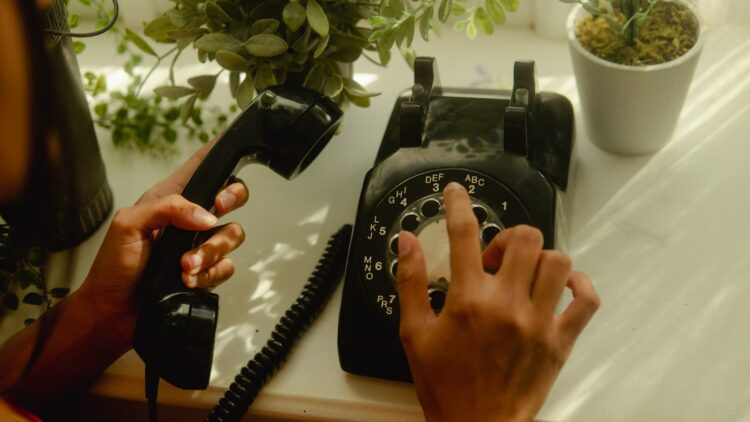
There was a time when people memorized dozens of phone numbers—their friends, family, workplace, and even emergency contacts. It was just part of life. Today, thanks to smartphones, most people don’t even know their own house’s number by heart. Our reliance on digital contact lists means that if we ever lose our phones, we’re completely lost when it comes to reaching people the old-fashioned way.
Answering the Phone Without Knowing Who’s Calling
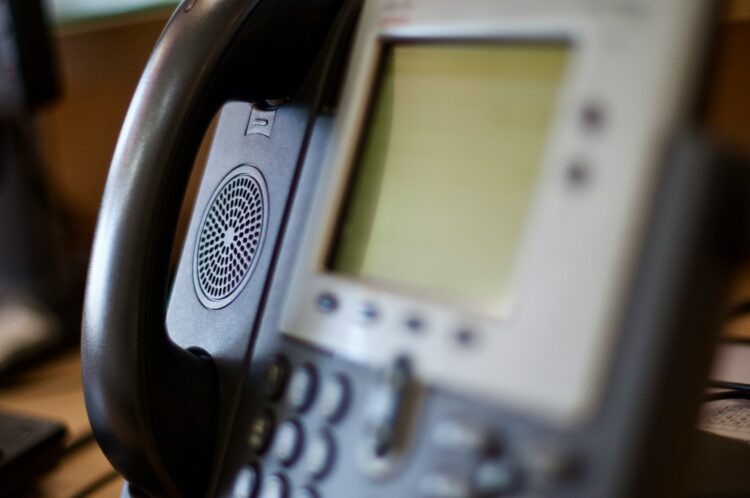
Before caller ID, answering the phone was a mystery. You never knew if it was a friend, a family member, your boss, or a telemarketer. People just picked up the phone out of habit. Now, if an unknown number calls, many people ignore it altogether, assuming it’s a scam or spam. Some even feel anxious about answering calls from numbers they do recognize!
Using Cash for Everything

Carrying a wallet full of cash used to be completely normal. You paid for groceries, gas, and even rent in cash. Today, digital payments, credit cards, and mobile banking have taken over. In some places, cash is even being phased out, with stores going cashless entirely. Many people now find carrying cash inconvenient or even suspicious—what used to be a necessity is now an outdated habit.
Getting Excited About Receiving Mail
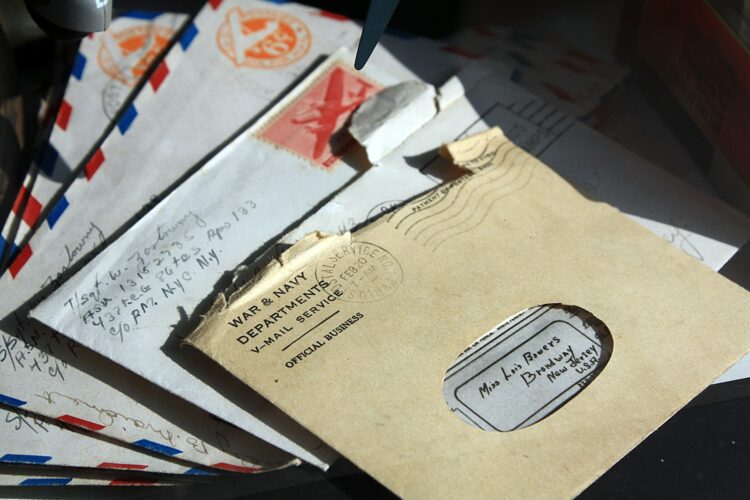
Before email, texting, and social media, getting a letter or a postcard in the mail was an exciting event. Whether it was a handwritten note from a friend, a magazine subscription, or even a bank statement, people actually looked forward to checking their mail. Today, most mail consists of bills and junk flyers, and many people dread opening their mailboxes.
Making Plans Without Constantly Checking In
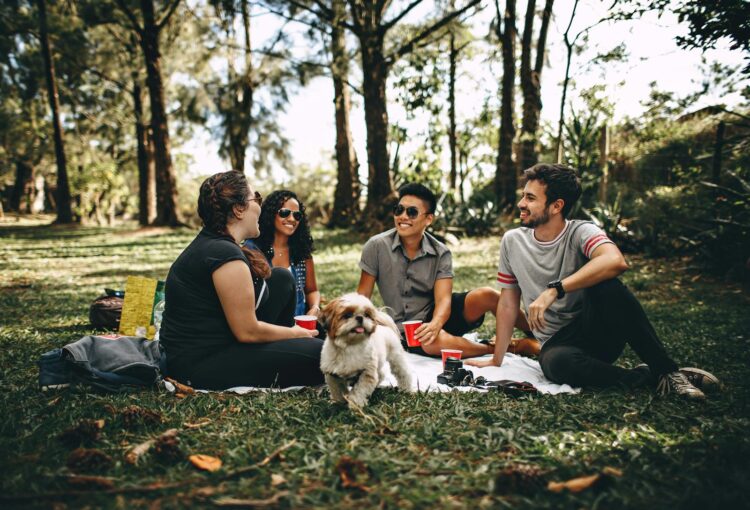
In the past, when you made plans to meet someone, you just showed up at the agreed time and place. If they were late, you waited. There were no last-minute texts like “On my way!” or “Running five minutes late.” Today, not sending an update before meeting someone is considered strange or even rude. The expectation of constant communication has changed the way we interact, making true spontaneity rare.
Using Encyclopedias for Research

Before Google, researching something meant flipping through giant encyclopedia volumes or taking a trip to the library. If you wanted to know about a historical event or scientific fact, you had to rely on printed books. Now, with search engines providing instant answers, the idea of digging through an encyclopedia seems incredibly inefficient. Even libraries have had to adapt to the digital age, with more emphasis on online databases than physical books.
Letting Strangers Babysit Your Kids
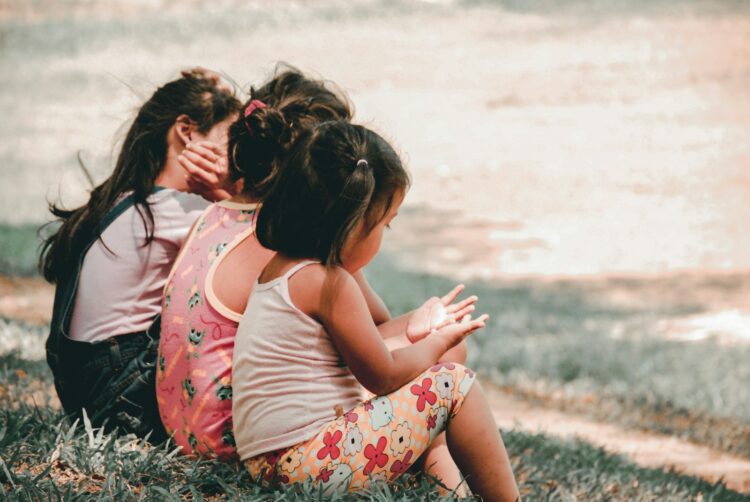
It used to be common for parents to leave their kids with a neighbor, a family friend, or even a teenager they barely knew. Babysitting was seen as a simple responsibility, not something requiring extensive background checks. Today, parents are far more cautious. Many vet babysitters through agencies, install nanny cams, and conduct interviews before trusting someone with their child.
Talking to Strangers on Public Transport
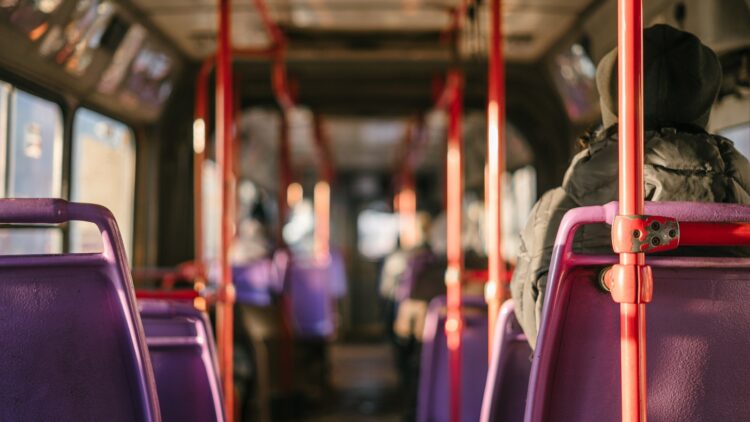
There was a time when people on buses, trains, or subways would strike up conversations with the person next to them. It was normal to make small talk or even form friendships with fellow commuters. Now, most people are glued to their phones or wearing headphones, actively avoiding eye contact. Talking to a stranger on public transport is often seen as intrusive or weird.
Wearing Formal Clothes for Travel

Flying used to be a luxurious experience, and people dressed accordingly. Suits, dresses, and even hats were common at airports. Today, air travel is more about comfort than style, and most passengers dress in sweatpants, leggings, or even pajamas. The idea of wearing formal attire for a flight now seems outdated.
Leaving Doors Unlocked

There was a time when people didn’t feel the need to lock their doors, even when they left home. Some small towns and rural areas still have this habit, but in most places, leaving your door unlocked is seen as risky and irresponsible. With rising crime rates and an increased focus on home security, smart locks, cameras, and alarm systems have become the norm.
Using Maps to Get Around
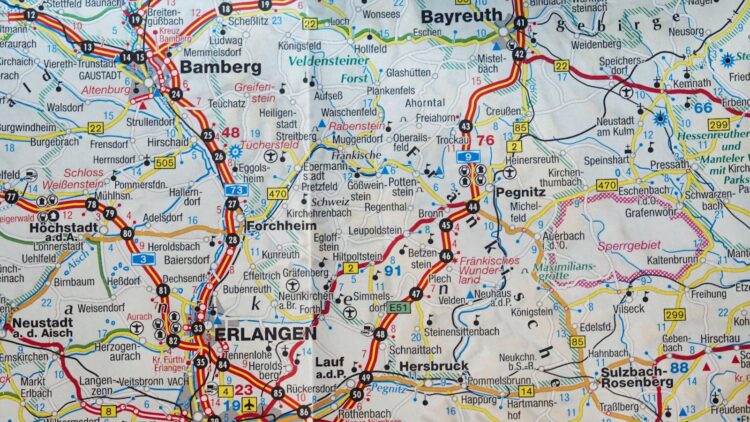
Before GPS, road trips required paper maps, and drivers had to carefully plan their routes. If you got lost, you either pulled over to check the map or asked for directions. Today, smartphones and navigation apps have made paper maps nearly obsolete. The thought of traveling without GPS feels almost impossible for many people.

